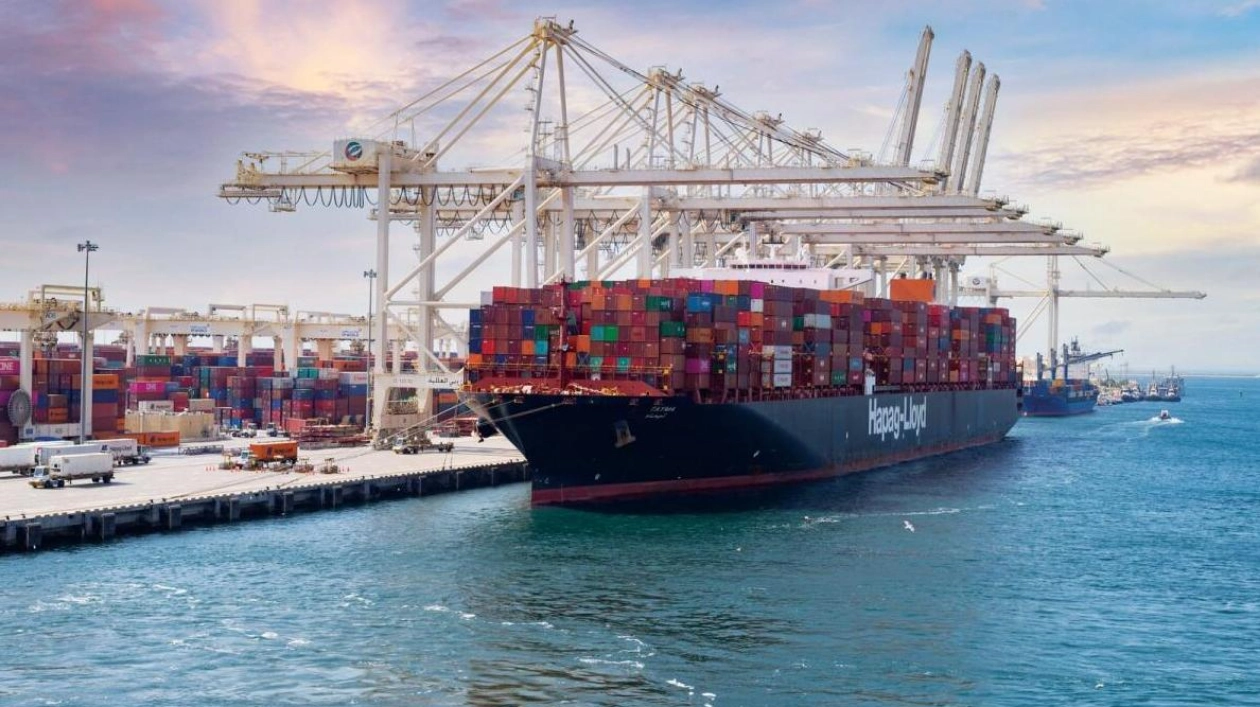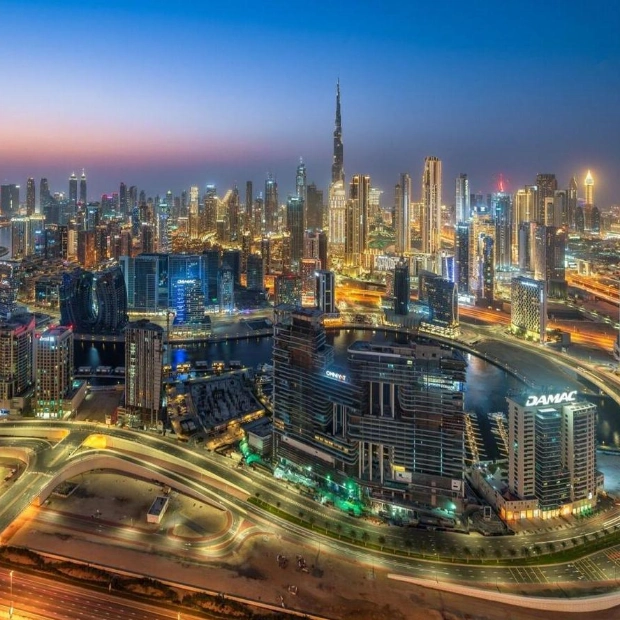A container vessel at the port of Jebel Ali in Dubai. In 2023, container throughput at Jebel Ali reached 14.5 million twenty-foot equivalent units (TEUs), marking a 3.7 percent increase year-on-year and the highest handling figure since 2018.
The port of Jebel Ali is expected to remain a pivotal element of Dubai’s transport and logistics sector, shaping the emirate’s future as a global logistics hub, according to a recent report. The report, titled ‘Jebel Ali: Facilitating Dubai’s growth agenda’ by Emirates NBD Research, highlights that the transport and logistics sector is the second-largest contributor to Dubai’s GDP, accounting for 11.5 percent in 2023. In Q1 2024, the sector’s GDP grew by 5.6 percent year-on-year, making it the second-fastest growing sector, following a 9.2 percent expansion in 2023.
As a significant and rapidly expanding segment of the economy, transport and storage has been a key driver of Dubai’s overall GDP growth in recent quarters. The sector includes national airlines, which have been a major contributor to the recent expansion, but with container throughput at Jebel Ali increasing, the port has also played a crucial role. As part of the D33 economic agenda, the government aims to develop Dubai into a top-five global logistics hub, with Jebel Ali being a critical component of this strategy.
In 2023, container throughput at Jebel Ali reached 14.5 million TEUs, a 3.7 percent increase year-on-year and the highest figure since 2018. This performance propelled the port back into the global top-10 busiest container-handling facilities for the first time since 2019. The growth trajectory is expected to remain strong, with H1 2024 volumes at 7.3 million TEUs, up 3.9 percent year-on-year, and July setting a new monthly record of 1.4 million TEUs, surpassing the previous record from 2015.
Several factors are supporting the growth at Jebel Ali, according to senior economist Daniel Richards. The port’s strategic location at the intersection of three continents, its connectivity to over 600 ports worldwide, and its capacity to handle the largest container ships contribute to its strong transshipment trade. Additionally, the ongoing disruptions in Red Sea shipping due to attacks on cargo vessels have led to rerouting of East-West services, with some volumes being diverted to Jebel Ali.
Domestic demand is also driving growth at the port. Dubai’s population has expanded post-pandemic, increasing demand for goods delivered in containers. The port also facilitates exports, particularly with the government’s focus on developing the manufacturing sector. Boosting manufacturing, which grew 2.3 percent last year, is another key focus of the D33 plan, with Jebel Ali’s adjacent free zone playing a significant role.
The UAE’s efforts to enhance trading relationships globally are further supported by Jebel Ali. Recent trade agreements, such as the CEPA deal with Australia, aim to ease trade frictions and boost imports and exports. Non-oil trade exports from the UAE grew 25 percent year-on-year in H1 2024 to Dh256.4 billion, with total trade at Dh1.4 trillion, up 11.2 percent. The government’s goal is to increase total non-oil trade to Dh4 trillion by 2031.
Source link: https://www.khaleejtimes.com






